A quacking sound whose source was a mystery for decades now has an identity: the voice of the minke whale. “Over the years there have been several suggestions . . . but no one was able to really show this species was producing the sound until now,” Denise Risch, the lead author of a study published today (April 23) in Biology Letters and a bioacoustician at the US National Oceanic and Atmospheric Administration, told BBC News.The so-called “bio-duck” sound was first reported by submarine personnel in the 1960s. Risch told LiveScience that “in the beginning nobody really knew what it was.” Perhaps other submarines. Maybe a fish. But the sound is “way too loud for a fish,” Risch told Science News. It wasn’t until 2013, when she and her colleagues clipped acoustic tags onto minke whales near Antarctic, that they were able to determine that the whales were responsible. When the team recorded the bio-duck calls, no other animals were in sight but the whales. “It was either the animal carrying the tag or a close-by animal of the same species producing the sound,” Risch told the BBC.
Knowing that bio-duck calls come from minke whales allows Risch’s group to interpret the many bio-duck recordings that have been made over years. “The fantastic thing about acoustics is you can go back in time,” Risch told LiveScience.
“This is critical information for a species that inhabits a difficult to access sea-ice environment that is changing rapidly in some regions and has been the subject of contentious lethal sampling efforts and ongoing international legal action,” the authors wrote in their study.
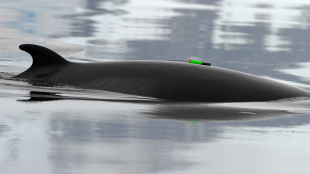






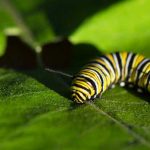
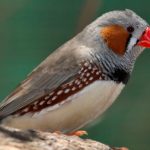
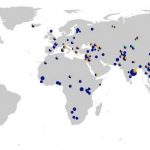
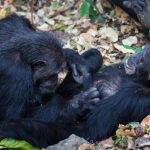
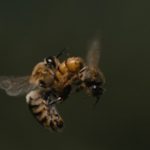
RSS